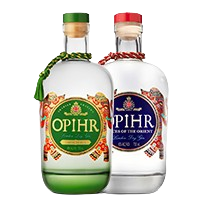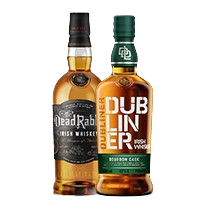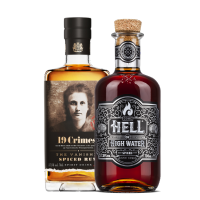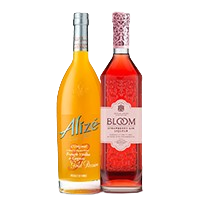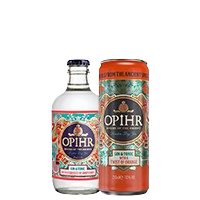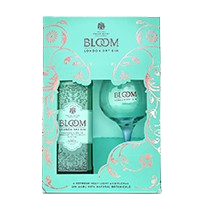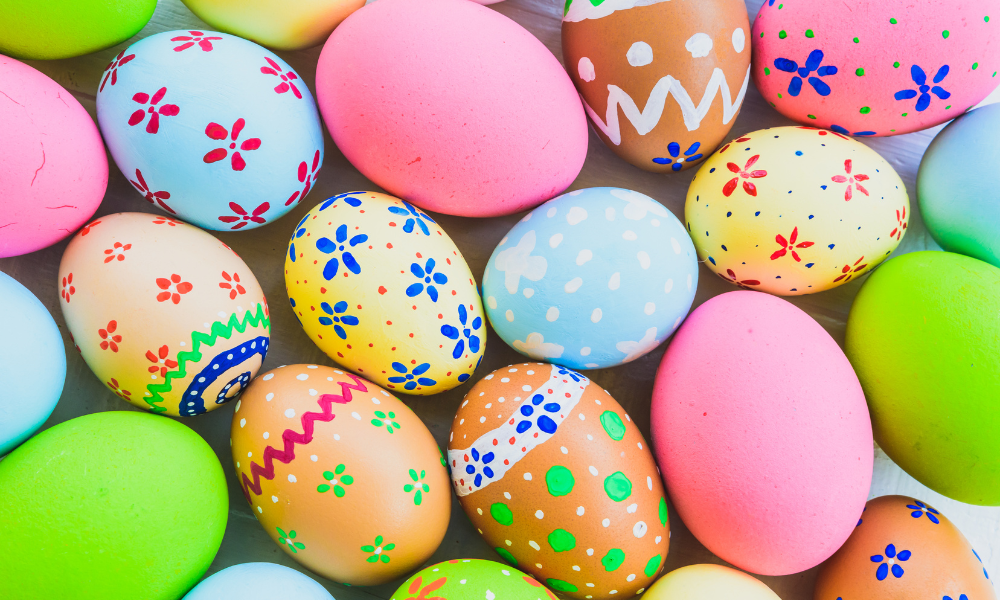Single Malt Whiskey. Past, Present and Future.
I love you. You're right. I’ve made tea. Three little words which belie their importance. Want more? Netflix and chill. Shaken, not stirred. Single malt whiskey.
Single malts are the stuff of legends. It falls into the elite and rarefied category of a certain kind of drinker. In the past this might have been a bit old boys club; serious men sitting around a roaring fire dressed in tweed, just back from their highland park shoot. Fast forward to today and single malts are very much a modern drinker's choice. They're a sexy, savvy option, chosen by those who enjoy a complicated but oh-so-satisfying drink. Because there’s no denying that single malt whiskey is a serious drink. For both men and women.
But first, a history lesson
Single malt whiskey has been around since the early 15th century. The first record of the amber nectar dates all the way from 1405. However, it would take until the 19th century when James Jameson and William Grant Gordon would put Scottish and Irish whiskey on the map. Gordon is of course responsible for Glenfiddich, the Scotch whiskey of kings, while Jameson is perhaps the most famous among the Irish whiskeys (despite actually being a Scot himself).
Pioneering they may have been, but that’s not to say that their products are still the best, oh no. They might not have the budget, but many smaller Irish producers have much to rival the big brands, equalling if not surpassing their famous competition in both taste and quality.
Blended Whiskey vs. Single Malt
Yes, we thought you might ask. Blended whiskey is when the liquid in the bottle comes from more than one distillery. Single malt is when the liquid in the bottle comes from different distilleries. The number on the label refers to the age of the youngest liquid in the bottle, not the number of strains of whiskey used.
Blended whisky had been hugely popular stateside during the prohibition years, spurred on by the customs (not to mention custom) of the huge Irish immigrant population. Add this to extreme poverty, poor living conditions and the 1929 recession and you’ll quickly understand why morale was low, ergo, demand for blended whiskey was high. The spirit appealed to those on a lower wage as it allowed for the use of cheaper grains. Additionally, it was not required to age for a minimum of years or did not need to be distilled three times (as with single malt Irish whiskey). Producers were therefore able to make a rough and ready spirit much faster and for far less money than those making single malt on the other side of the Atlantic.
Suffice to say then that by the mid-1960s, palettes and purses were ripe for change. Enter single malt Scotch whisky, the prodigal son that had at last been allowed out to play. With its smooth tastes of fruit and spice and its sexy single blend, single malt was an instant hit. Remember, this was when the post-WWII boom was booming and spending power was at an all time high. Single malt fitted right in. Think of any episode of Mad Men and you’ll understand its appeal.
This was a celestial time for distilleries in Scotland, and many enthusiasts bemoan the fact that “whiskey isn’t made like it was in the 1960s”. OK, Don Draper, we’ll agree to a certain extent. While this may be true - single malt was undoubtedly thicker and fruiter back in the day - it is important to remember that regulations were not as draconian as they are now. Distillers of the eponymous Scottish product were given more flexibility than today, hence they were able to produce a spirit that harnessed the optimism of the time and became the drink of choice for the thirsty American market.
American Whiskey
This booming post-WWII idealism in the United States saw a great change in single malt’s so far quiet and Gaelic life and two major things happened in the world of whiskey over the pond. One, George Dickel introduced Tennessee whiskey to the market. And two, Sandy Grant Gordon - grandson of William Grant Gordon - went to New York to introduce the beauty of single malt to the American public. As mentioned, up to now the American market had been used to drinking blended grain whiskeys, so these new fangled taste sensations went down, well, like a scotch on the rocks. Dickel’s product would of course be the birth of Bourbon (and subsequently rye whiskey), while Gordon’s single malt would be the beginning of America’s love affair with choice liquors.
But what about Irish Single Malt?
The history of Irish malt is akin to that of a phoenix rising from the ashes. It’s a 500 year old story that is just only beginning to be told. In a nutshell, Irish monks discovered the art of distillation during their travels in the Mediterranean, and upon their return to the Emerald Isle decided to put their new skills to the test. But instead of distilling perfume as they had been taught, they decided to try their hands at distilling alcohol. This gave rise to what we today call whisky, so remember to thank those pioneering monks in your evening prayers.
Despite Irish whiskey being around 90 years older than Scotch (the first recording of Scotch in a government record dating back to 1494, while there is evidence of Irish whiskey being around in 1405), it had yet to become the whiskey of choice in bars and homes across the pond. Ironically, at the beginning of the 20th century, Irish whiskey had been the most widely consumed (blended) whiskey in America. However, the Irish War of Independence in 1919 and prohibition in 1920 greatly impacted Ireland’s production and exportability. The fall of the British Empire dealt another blow to the Irish whiskey industry. With the major markets in the US and UK cut off, whiskey production in the country went into decline, and by the mid-20th century just five distilleries were left open. The five knew that in order to stand a chance against the titans over the North Channel they would have to join forces and the Irish Distillers Group was born. The rebuild of Irish whiskey had begun!
Single Malt, Bourbon and the American Market
Today’s success of Irish whiskey has much to do with the bourbon drinkers. Because of its rich flavour profile, the spotlight is finally falling on Irish whiskey on both sides of the pond. Such as peated whisky before it, Irish whiskey (both blended and single malt) has a smooth, mellow, taste that is sweeter than scotch (peated whiskey of course getting its unmistakable smoky flavour from the peat fires that were used to dry the malted barley for the mash).
One reason why Irish whiskey is enjoying a change in fortune could be because it is aged in american oak casks which have previously held bourbon. These “bourbon barrels” are toasted and charred prior to adding any liquid, which results in the unmistakable dried fruit flavour that is so indicative of Irish whiskey.
But let us not forget that while Irish whisky might be enjoying a new popularity, its legacy is 500 years old. This shows in the skillful work of the Master Distillers and Master Blenders. To compose a great whiskey - be it be it from bourbon casks or oloroso sherry casks (the second most popular cask for aging after bourbon) the Master Blender endeavours to create a delicate balance of blends to make their product the best it can be. And this knowledge comes from years of savoir faire - like perfume noses or expert vintners, Master Blenders often run from generation to generation. So yes, while recognition for Irish whiskey is relatively recent, it comes from half a century of deeply cultivated, ingrained whiskey knowledge. So to say that the spirits’s success is well deserved is no understatement.
The future of single malt whiskey
While no one has a crystal ball to predict the future, we fully expect whiskey - and whisky for that matter - to continue on its meteoric rise. 21st century drinkers have cottoned on that this is no longer a drink for old, white men with big, red noses. A report by industry magazine Beverage Wholesaler showed that whiskey’s new demographic was just as likely to be female as well as male, and probably under 40. The message is the same across the board, as summed up by Dewar’s North American Brand Ambassador Gabriel Cardarella: “With millennials exploring the world of darker spirits, there is an increased demand for innovation.” This will come in many shapes: think limited edition blends, age statement bottles that have been 12 years in sherry seasoned casks and chill-filtered single malts that harness a niche band of fans. Events such as The WhiskyX are also incredibly popular and attract a younger, hipper crowd, undoubtedly leaving those original drinkers very confused. Boutique distilleries are now flying high, with brands such as The Dead Rabbit and The Dublin Liberties here to stay.
All we can say is move over grandad, there’s a new drinker in town.

